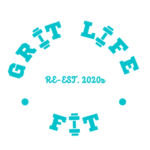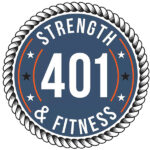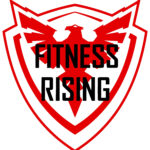3 Ways to Keep Clients Happy and Healthy in 2022
January 14, 2022
It’s January, and you know what that means…a whole crop of potential clients who’ve made New Year’s resolutions to get healthy and get in shape. The gym is crowded, and you have the opportunity to make a real difference. The key is figuring out how to keep clients happy AND keep them coming back!
According to the Fitness Industry Association, around 12 percent of gym members sign up in January, and most quit or stop going after 24 weeks. Knowing that the numbers are against you, how do you keep clients engaged and showing up for sessions? The difference may lie in extending their experience beyond the gym, communicating, and avoiding injuries that interrupt progress.

We put together a quick list of 3 ways you can stand out from the competition and keep clients coming back for more:
1. The easiest way is to nurture your clients in between sessions.
You do great work in the gym, and they feel good when they leave, but what happens in between? Are you spending any extra time sending them encouraging messages or following up on goals they set while you’re training? Think about the different ways to reach out and provide extra value beyond their session. You could send healthy eating or hydration tips, a few extra exercises they can do at home to stay active, or an inspirational quote to spark motivation.
2. Set expectations upfront.
According to the Fitness Industry Association numbers, your client is eager to get started, but their enthusiasm may wane over time. It’s a walk, not a sprint to fitness. You know that they didn’t develop those unhealthy habits overnight, so why should they expect to break them in record time? If your clients understand that, they’ll likely commit to the long haul with you, and as their body begins to change, so will their attitude.
3. Always be thinking about safety.
A hurt client definitely won’t be showing up to the gym. Keep clients happy and healthy by performing an initial assessment to gauge physical limitations or old injuries. During each workout, be sure to pay attention to signs of fatigue, struggle, or poor form. Perform assessments periodically to ensure that an issue hasn’t come to the surface during your training that needs to be addressed. During these assessments, you can also address nutritional needs, weight gain or loss, and show progress.
Get Your Business in Great Shape for the New Year
- A beautiful, professional client-facing website
- Calendar and schedule classes for clients
- Message and invoice clients
- Sell merch and track finances
- Early adopter VIP perks with personalized setup, feedback, and support




